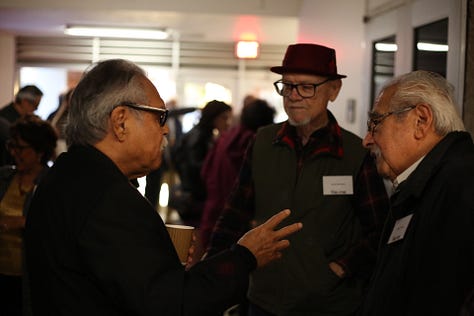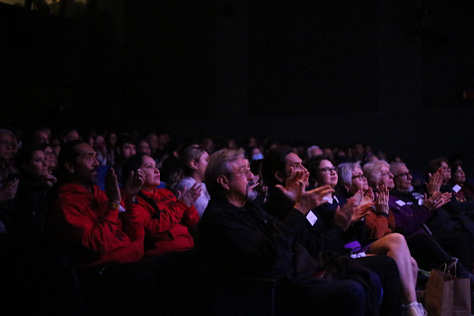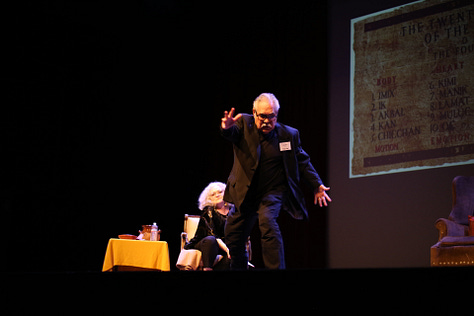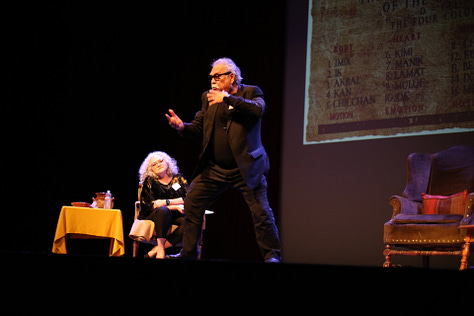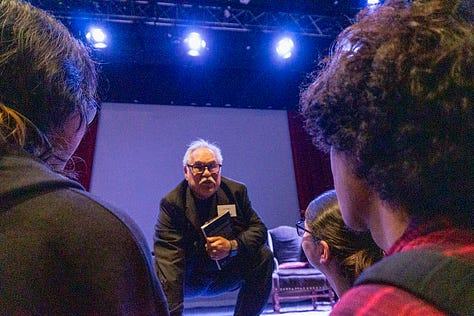This month, Marta Valier provides an inside look at how the Bradley Center’s metadata team is working towards identifying as many people and places of the 1966 march from Delano to Sacramento. We also thank you for your support of Marta’s graphic novel project with illustrator Sara Scalia to create a graphic non-fiction novel using photographs by Richard Cross. Also, we thank you for making so successful our event with Chicano playwright and filmmaker Luis Valdez last March 15.
Spotlight on the Farmworker Movement Collection
by Marta Valier
The Bradley Center continues to work on John Kouns’ photographs from the Farmworker Movement Collection, specifically the photos of the march to Sacramento in 1966. They provide an exceptional visual account of the pilgrimage. Unlike simply accompanying the farm workers for a portion of their journey, Kouns marched for the entire journey from Delano to Sacramento with them. Unfortunately, these images weren’t arranged in chronological order and we have limited information about their locations. The challenge is then to scrutinize every photo and try to identify anything we can, people, cities, and towns. So far, Brandon Lien and I have been able to identify photographs made in Richgrove, Ducor, Porterville, Visalia, Del Rey, Fresno, Chowchilla, and Stockton. And of course, Delano and Sacramento. Following are photos of the first day of the march, the day after U.S. Senators Harrison Williams Jr., Robert F. Kennedy, and George Murphy held a hearing in Delano, which provided a platform for César Chávez and the National Farmworkers Association to denounce the growers and gain national exposure for their cause.
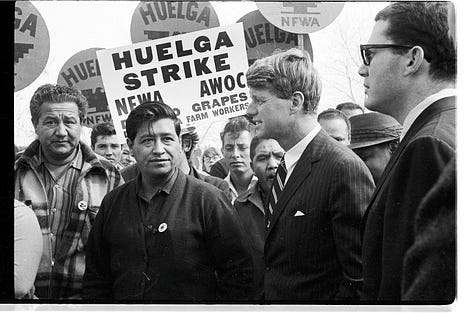
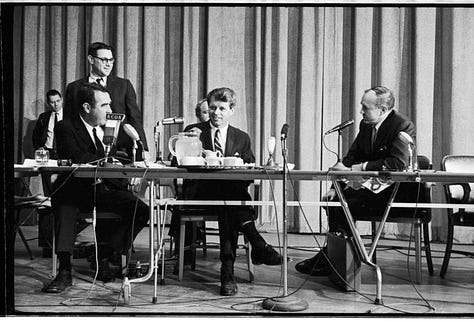
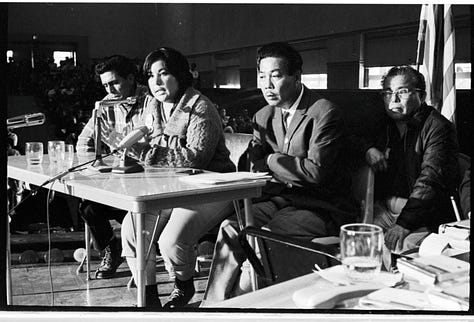
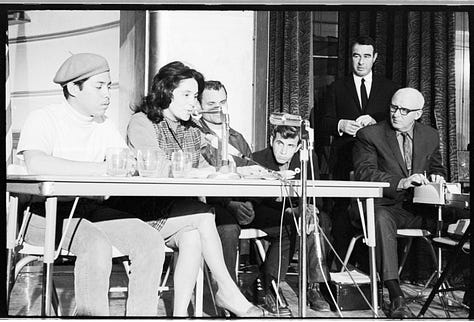
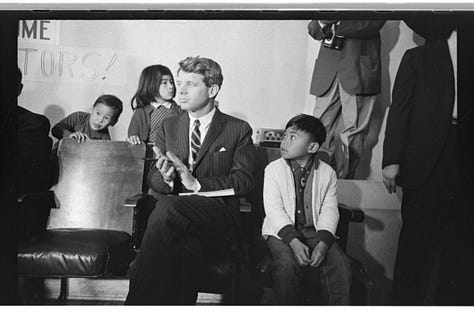

Right after the hearings, Chávez declared a march and pilgrimage to Sacramento.


The following day, on March 17, sixty-seven picketers, organizers, and supporters—including photographers Kouns and Jon Lewis—started a farmworker march from Delano to Sacramento to bring public awareness of the grape strike and boycott, and to pressure Governor Pat Brown to urge growers to the bargaining table. These 67 original marchers (los originales) would cross more than 50 towns and cities in California’s Central Valley while hundreds, and in some places, thousands, of people joined the march. The headquarters of the National Farm Workers Association, at 102 Albany Street, was chosen as the starting point, where more than 200 people, including the original 67, started the pilgrimage north.
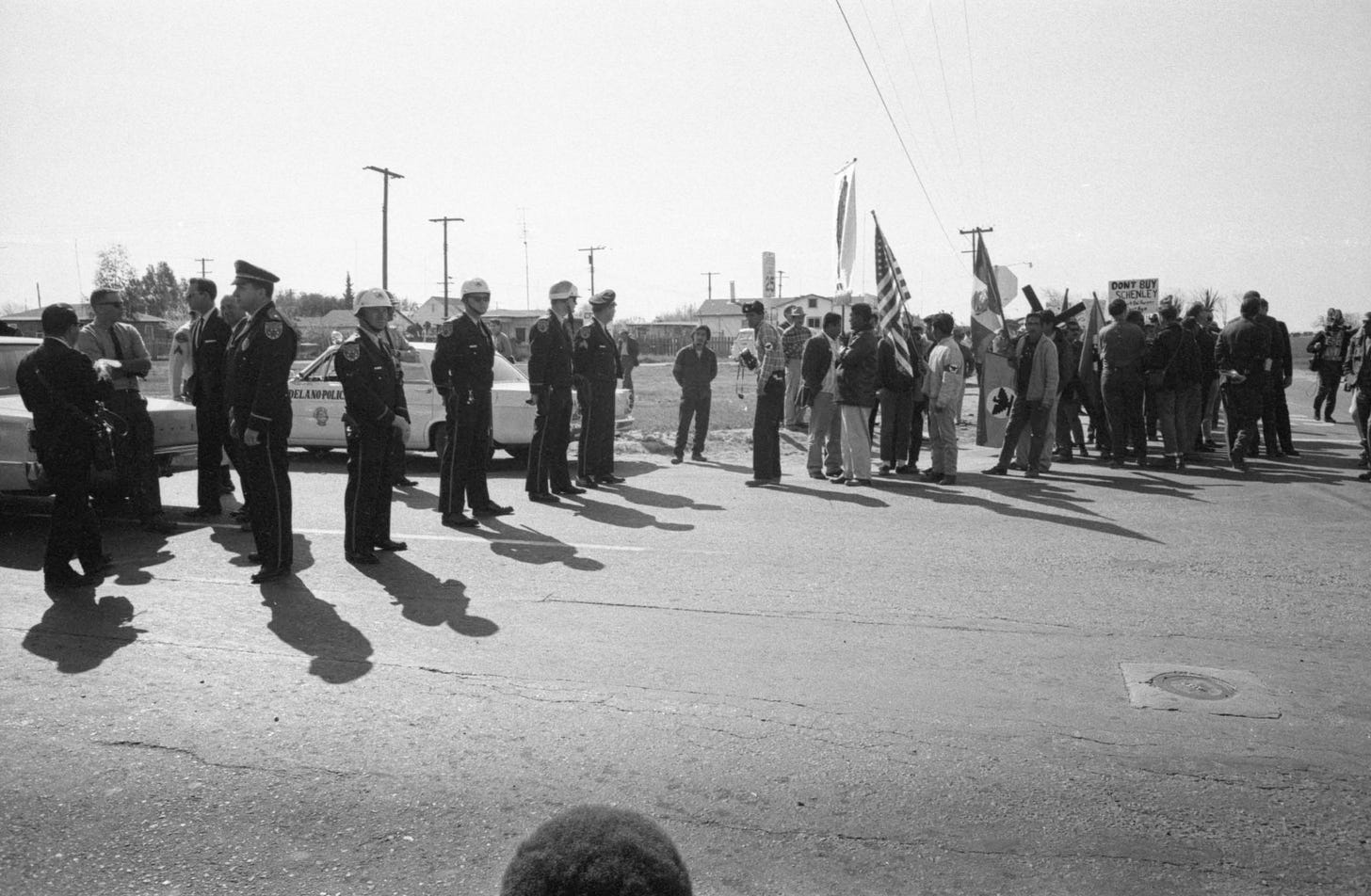


At the intersection of Albany and Garces Highway, however, two dozen police officers blocked the road arguing that the marchers needed a permit. Reporters from the national press who were in Delano the previous day for the hearings by the U.S. Subcommittee on Migratory Labor, headed by Senator Robert Kennedy, registered the standoff. A phone call from Senator Kennedy to the Delano police chief finally ended the impasse, according to Roberto “El Capitán” Bustos, a farmworker and striker who led the marchers for almost their entire journey to Sacramento. After walking for 17 miles, around 70 marchers arrived at Ducor, where they listened to Luis Valdez reading the Plan of Delano before going to bed.

Thank you for supporting Ma Ngombe.
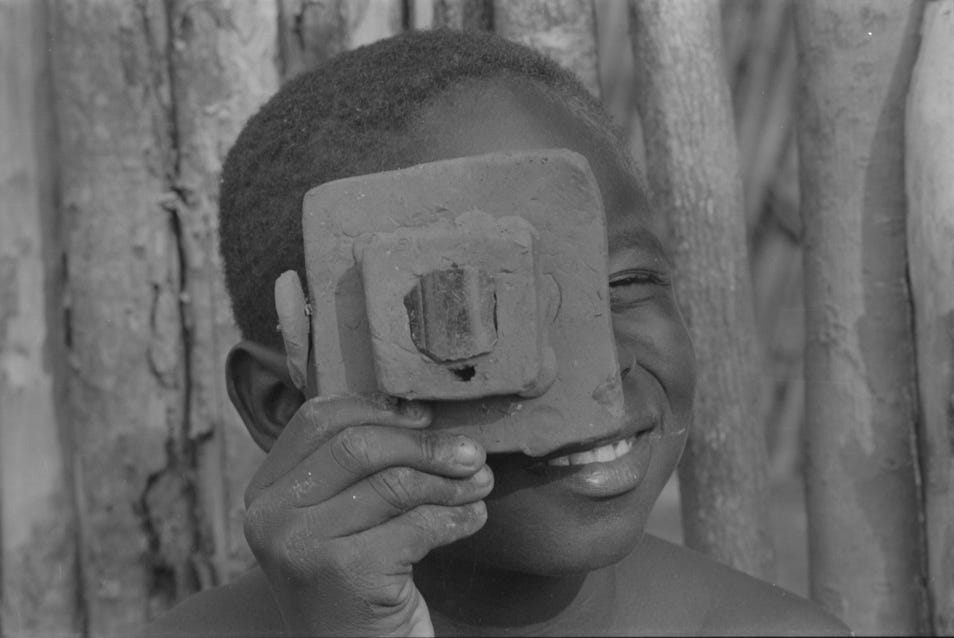
Thanks for your support towards the creation of the graphic/photographic novel Ma Ngombe. Your contribution plays a significant role in making this project a reality. We are looking forward to sharing Richard Cross's story and his photographs of San Basilio de Palenque, Colombia, with readers around the world. We were able to raise $6,500 for the book. We’ll keep you updated on its progress. To learn more about Richard Cross and his collection at the Bradley Center, click here.
Thank you for coming to our event with Luis Valdez


